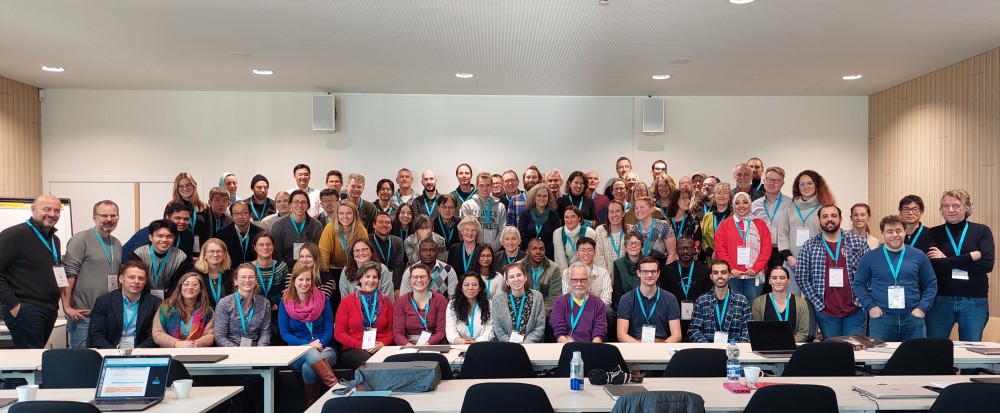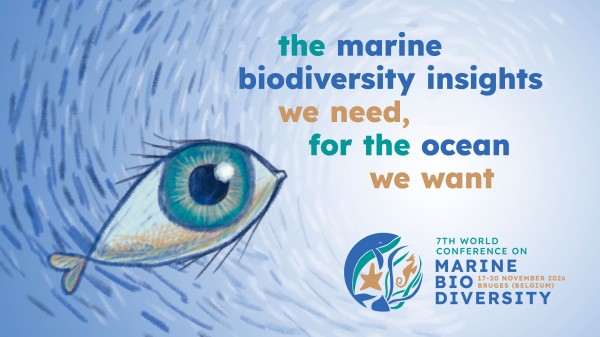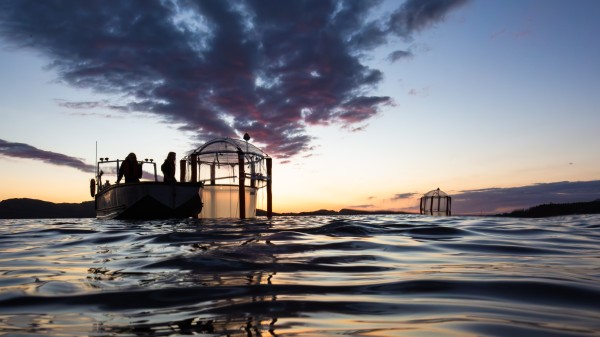Between 6 and 9 November 2023, over a hundred ocean carbon scientists from around the world are gathered at the Flanders Marine Institute (VLIZ) in Oostende, Belgium, to review the status of the Surface Ocean Carbon Value Chain and decide on specific improvements to the structure, process and resulting delivery of critical information towards policy makers. In the near future this will be done by the Global Ocean Observing System (GOOS) that can routinely deliver the required information.

The ocean carbon community has been ready to update its mode of operation* for a few years. And the recently announced WMO-led Global Greenhouse Gas Watch programme (GGGW) served as a direct trigger for this important gathering in Oostende. GGGW has the ambition to completely transform our collective ability to deliver a fully transparent global carbon monitoring system, allowing countries to better understand and manage the causes of climate change in a timely and efficient manner.
For that ambition to be realized, the ocean carbon community is committed to bringing together existing and future observing efforts into a common framework under the Global Ocean Observing System (GOOS) that can routinely deliver the required information to policy makers.
The (hybrid) workshop gathers the ocean carbon community active in The Global Carbon Budget, SOCAT, SocoNet, IOCCP, ICOS-Ocean Thematic Centre, NOAA, the KADI project and the George project. To find out more about the specific topics covered, details of the agenda, including the speakers and to learn how to join the meeting online, visit the workshop website.
* What is the 'Surface Ocean Carbon Value Chain'?
The ocean acts as a substantial brake on the rate of climate change. This happens by taking up and storing about 25% of the carbon dioxide humans release to the atmosphere each year. We know this number in part as a result of the efforts of many ocean research groups to determine carbon dioxide uptake across the world’s ocean. Over the years this has evolved into a well-coordinated series of actions, called the ‘Surface Ocean Carbon Value Chain’. Starting with collecting data from the ocean, then bringing these data together in large data products. Finally different processing groups work on those data, independently, to calculate ocean carbon dioxide uptake. This information is delivered to the annual Conference Of the Parties (COP), so that policy makers can set climate policy with the best possible understanding of how the Global Carbon Cycle is evolving. The latest studies highlight that there is a significant difference between ocean carbon dioxide uptake calculated from data and models. This means that it is timely to review and streamline our practices to ensure that we deliver the best possible information to policy makers.

